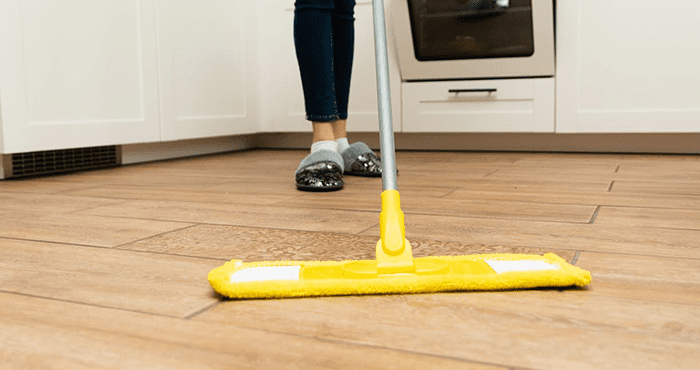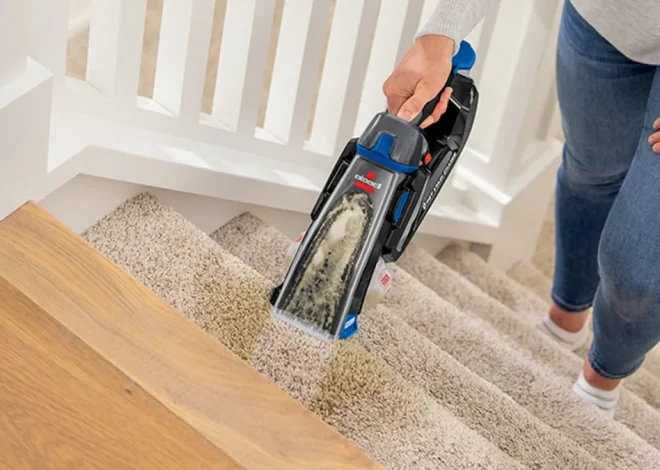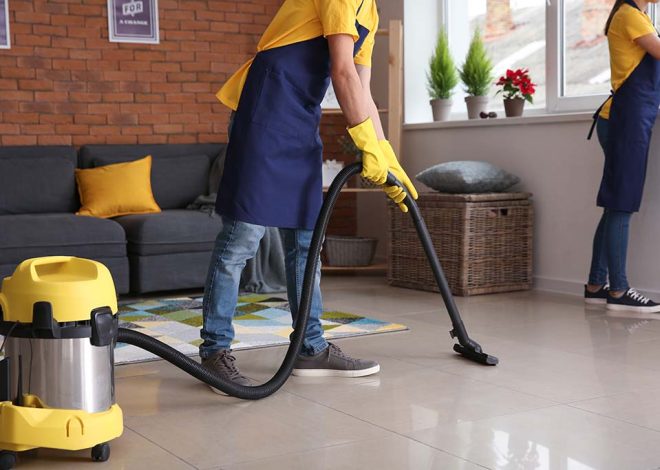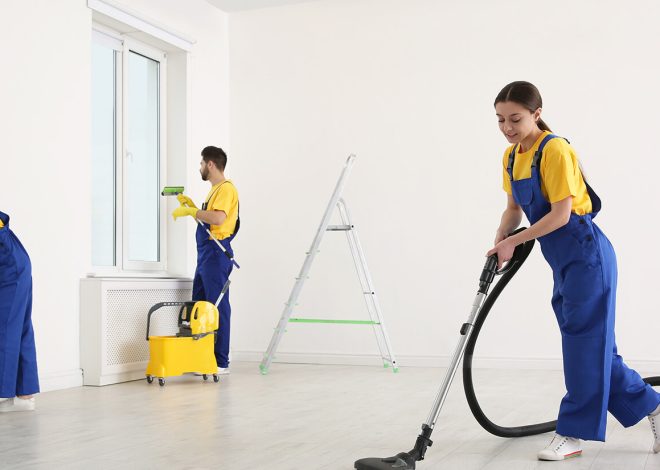
How To Clean Every Type Of Tile Floor
Tile is still the most popular choice for home flooring due to its durability and ease of maintenance. Tile flooring is available in a wide range of colors, sizes, and shapes. Beware, housekeepers: when you customize your design, you also have to customize your cleaning method. Ceramics and marble, for example, require different cleaners. So do slate, linoleum, and terracotta, as well as porcelain, granite, and travertine.
This tile cleaning guide from the experts at the first home institute cleaning lab will give you the advice you need to maintain your tile floors in pristine condition. We’ve also dealt with dirty grout. When you are ready, we’ll help you whiten and clean those tile grout lines.
How To Clean Ceramic And Porcelain Tile Floors.
Ceramic and porcelain tiles (a type of ceramic tile) are both made of clay and kiln fired, which makes them moisture-resistant and durable flooring materials. They can be cleaned easily and quickly with the correct tools.
What You’ll Need:
- Attachment for vacuum cleaners or brooms with soft-bristled bristles
- Spray mop, microfiber cloth, or mop
- Water bucket
- Mild detergent
- Microfiber cloth that is clean and dry
- Remove any loose dirt: Before washing tile floors, they must be vacuumed. We recommend using a soft-bristled broom or vacuum attachment to remove dust, dirt, and debris. Many tile materials are prone to scratching, so we recommend a soft-bristled broom. Check if your vacuum has a brush roll that can be turned off. This is a feature we search for when testing the top vacuums. To maintain your tile floors, use a handheld broom to clean the corners and edges.
- Add a small amount of mild detergent to 1 gallon of water: Too much detergent can make it difficult to rinse. Mix 1/4 cup of a mild cleaner, such as Mr. Clean Multisurface Cleaner, into 1 gallon of water. This is a GH Seal-winning product and one of our most-tested multipurpose cleaners.
- Immerse a microfiber cloth or mop in the solution: If you use too much water, you may end up with streaks and water spots on your tiled bathroom floor. Because sponges retain water naturally, you should use microfiber mops with a bucket to squeeze out the excess water. You can also use a spray mop that dispenses cleaning solution while you are working. To reduce the amount of water needed to clean larger floors, divide the floor into sections.
- Rinse well: Change the water in your bucket often and remove any cleaning solution left behind. Use your cloth or mop to clean a small section of the floor. Repeat this process until your floor is spotless.
- Avoid spots by drying: We recommend that you let unglazed tiles air dry. However, we suggest wiping glazed tile with a dry, clean microfiber cloth in order to avoid water spots.
Expert tip: Tiles with texture are more difficult to clean, especially when dirt and spills don’t get cleaned quickly. You can use a steamer without a cleaning solution if your tiles and grout have been sealed.
How To Clean Vinyl Tile Floors.
Vinyl tile flooring, which is made from PVC and is waterproof, is low maintenance, durable, and easy to maintain. Follow the same steps as above to clean your floor. Use rubbing alcohol, baking soda, or a damp cloth to remove scuffs. Rinse off.
How To Clean Linoleum Floor Tiles.
The same instructions can be used to clean linoleum tiles but with one little tip. Because linoleum is made of synthetic material, it’s not intended to be cleaned with a steam mop.
If the tiles are not properly sealed, water can seep through and cause deterioration. Try a spray mop like the GH seal star or Swiffer Wet Jet. It allows you to control how much water is applied. Do you have a stubborn stain on your hand? It can be removed with a non-scratch, delicate scrub pad. However, it will also likely remove the wax finish on the tile.
How To Clean Natural Stone Tile Floors.
Natural stones can be porous and scratched easily. They require more care and maintenance than other tiles. Please follow the steps above but be sure to pay attention to which cleaners we recommend for your particular flooring type. Some cleaners may not be suitable for all-natural stone tile flooring. Steam mops should also be avoided! Remember to never use any tools or cleaners that could scratch the surface.
Marble tile floors
Use a mild liquid dishwashing detergent and warm water to clean your marble floors. Use a mild liquid dishwashing soap and warm water instead.
Use a marble sealer every year to prevent stains. If staining occurs, find a marble polishing product like tinoxide at your local home improvement or hardware store. Apply the powder according to the instructions on the packaging.
Natural stone tiles
You must use neutral pH cleaners to wash slate, granite, and limestone. Check the label and stay away from any acidic cleaners. To maintain the look of these stones, they must be cleaned frequently and sealed with resin sealant on occasion. Choose a spot-treatment stain removal product that is specific to your stone type if you want to remove oil or grease.
Terracotta tile floors
Terracotta, like other natural stones, is porous. You should avoid using acidic cleaners. Also, don’t let water stand on the surface of the tile or in the grout lines when you are washing. Unglazed terracotta tile can also attract dust. A water-based sealant will help to protect the surface and make cleaning easier. The terracotta is likely to mature if you notice any color changes in the first year.
Expert tip: Treat spills as soon as possible with a microfiber mop or cloth. This will help you avoid stains and a lot of work on the cleaning day. Choose a mop that has been tested in a lab.
How Often Should I Clean My Tile Floor?
Cleaning needs are largely determined by the habits of your family and how much traffic you have. However, regular tile cleaning will help maintain your flooring and keep your cleaning time to a minimum. You should only mop once every two weeks if you sweep or vacuum a few times per week or when you see the first signs that dirt or debris is present. The longer you wait to clean, the harder it will be to remove the grime that has been stuck on.
Why Does My Floor Stick After I Mop It?
It is possible that the cleaning solution was not properly rinsed off your floor. Rinse your tile floors thoroughly after cleaning to avoid leaving any residue. As you move across the floor, rinse your bucket and mop head or microfiber cloth thoroughly. You can also dry the floor using a clean, soft cloth instead of letting it dry by air.
How Can You Maintain A Clean And Shiny Tile Floor Between Cleanings?
One word: prevention! Preventing dirt and debris from entering your home is the best way to do it. You can limit the amount you have to clean by placing door mats near entryways and removing your shoes before entering the house. Vacuuming and wiping up spills immediately will help keep your tile floor cleaning services.


